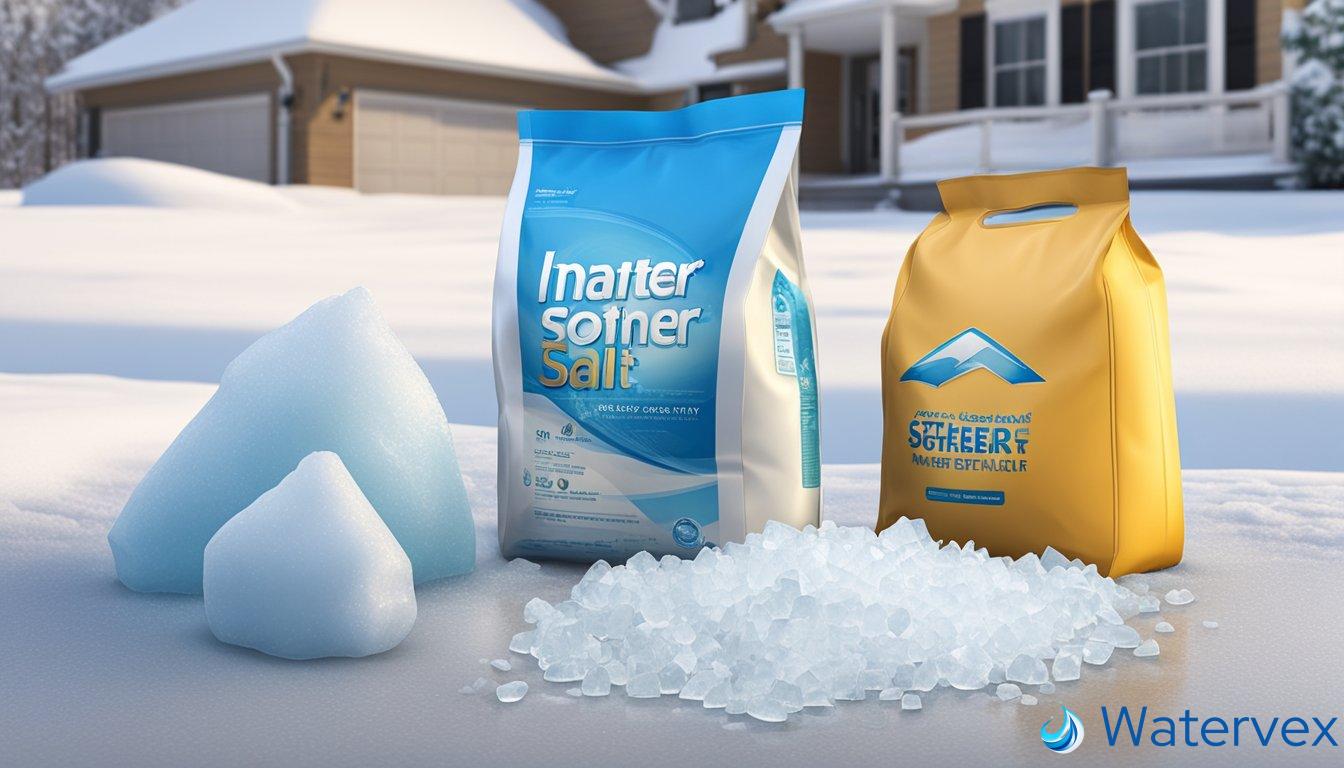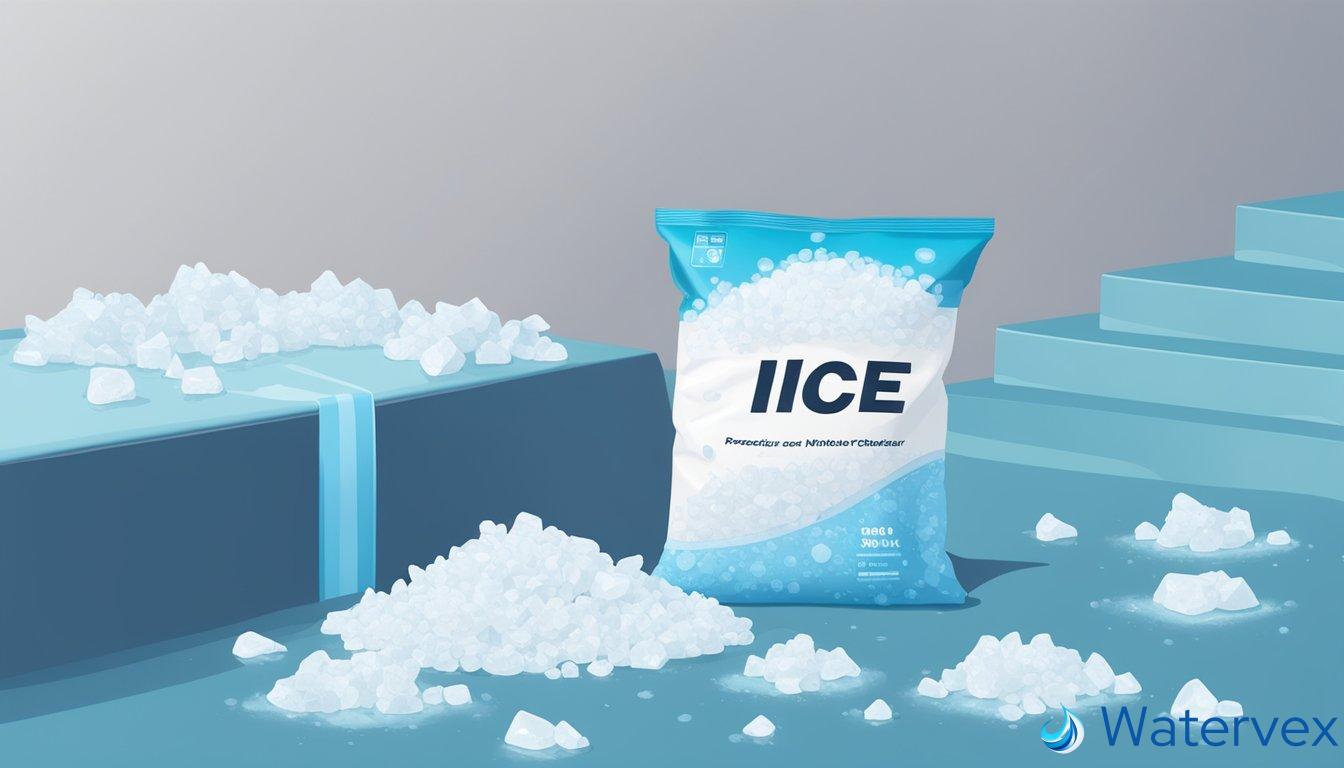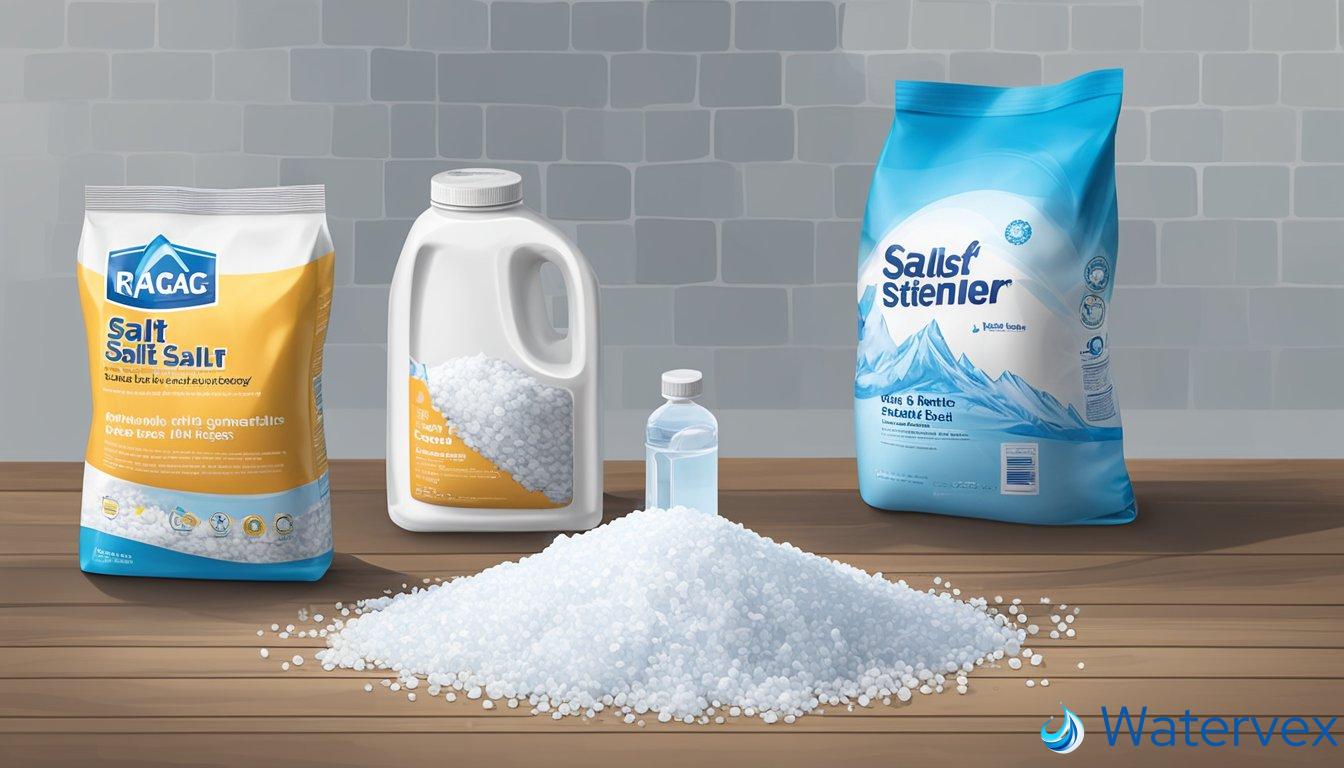When the winter chill brings ice and snow to your doorstep, ensuring safety becomes a top priority. One might wonder whether the bag of water softener salt in the garage is suitable for de-icing the driveway just as effectively as a bag labeled ice melt. Although both products contain salt, they are not the same, and understanding their differences is valuable. Water softener salt is specifically designed to remove minerals from hard water through a process called ion exchange, which can also lower the freezing point of water incidentally.

Ice melt, on the other hand, is formulated for the very purpose of combating ice on sidewalks and driveways. It often contains a blend of salts, such as calcium chloride or magnesium chloride, which can work at lower temperatures than water softener salt alone. Choosing the right product depends on several factors, including environmental considerations, temperature, and the materials making up your outdoor surfaces. If you opt to use water softener salt, it is essential to be aware of its limitations compared to products explicitly intended for melting ice.
Key Takeaways
- Water softener salt and ice melt serve different primary functions.
- There are chemical and practical differences between softener salt and ice melt.
- Selection of salt type depends on temperature, surface material, and environmental impact.
Is Water Softener Salt Interchangeable with Ice Melt?
When winter brings icy conditions, you might be tempted to use water softener salt on your driveway in place of traditional ice melt. While both contain sodium chloride, the performance of water softener salt in melting ice differs from that of rock salt or other ice-melting compounds like calcium chloride or magnesium chloride.
Water softener salt typically comes in large salt pellets and is primarily designed to remove minerals from water. Its chemical makeup can reduce the freezing point of water, which in theory means it can melt ice. However, the size of the salt pellets and their chemical concentration may not make them as effective as other ice melt salts formulated specifically for quick de-icing action.
In contrast, ice melt products often blend sodium chloride with other materials, like magnesium chloride or calcium chloride, to lower the melting point of ice even further and to work at lower temperatures. Rock salt, for instance, is smaller grained and can quickly bore into the ice, reducing slipperiness more rapidly.
It’s important to acknowledge that using water softener salt could be less efficient and require a larger quantity to achieve the same melting effect. The difference? Ice melt is fine-tuned for melting ice on surfaces, potentially containing a mix of salts to accelerate the process, while water softener salt is optimized for water softening, not immediacy in ice melting.
For your safety, if you’re considering using a softening agent for ice, remember that proper application is key. It matters how and when you spread the salt. Spread too little, and it may not work well; spread too much, and you may damage concrete or vegetation due to excess salt.
In summary, while you can use water softener salt in a pinch, it’s more ideal to use an ice melt product designed for emergency winter conditions. They’re crafted to work faster and at lower temperatures, keeping your walkways safer during the winter season.
Can You Use Water Softener Salt for Melting Ice?

When the temperatures drop and ice begins to accumulate, using water softener salt as an ice melt can seem like a convenient solution. Let’s explore how effective water softener salt is for deicing and how it might differ from traditional ice melt solutions.
Understanding Softener Salt and Its Components
Water softener salt primarily contains sodium chloride, which is also the main component of traditional ice melts. The main function of water softener salt is for ion exchange in water softeners where calcium and magnesium ions, which are responsible for water hardness, are replaced by sodium ions. The purity of water softener salt can range, but its focus is on minimizing other minerals to prevent water softener blockages.
Comparing Softener Salt to Traditional Ice Melts
Traditional ice melts may contain a blend of sodium chloride, magnesium chloride, and calcium chloride, each contributing to the melting process in different ways. Magnesium and calcium chloride can lower the freezing point of water more effectively than sodium chloride, making them more efficient for melting ice quickly. However, because water softener salt is high in sodium chloride, it can still reduce the freezing point of water on driveways and sidewalks, although at a slower rate.
Practical Applications for Driveways and Walkways
For driveways and walkways, using water softener salt offers a pragmatic approach to deicing:
- Evenly distribute the salt over icy surfaces.
- Be cautious as lower purity salt may leave residue or damage concrete surfaces.
- Consider the surrounding vegetation and pets, as sodium can be harmful.
Water softener salt can be used for melting ice, but with important caveats about its slower action and potential impacts on concrete, plants, and animals. When choosing an ice melt for safety and environmental friendliness, consider these factors to ensure that you’re making a decision that’s right for your needs and aligns with keeping your property safe and intact.
What Are the Chemical Differences Between Softener Salt and Ice Melt?
When examining softener salt and ice melt, it’s crucial to understand their chemical makeup and the implications on their use. These differences affect not only their melting efficiency but also their environmental impact.

Chemical Composition and Melting Efficiency
Softener salt, primarily composed of sodium chloride, is akin to table salt. This substance is effective at lowering water’s freezing point, making it a feasible option for melting ice. However, ice melt products often contain a blend of various salts such as magnesium chloride, calcium chloride, as well as sodium chloride. Each of these has a different potency and lower temperatures at which they can effectively melt ice. For example, calcium chloride can melt ice at temperatures as low as -25°F, which makes it significantly more efficient in colder climates than the standard sodium chloride found in softener salt.
Environmental and Surface Impact Considerations
While selecting a deicing product, it’s important to consider the potential effects on your home’s surroundings. Softener salt can be less corrosive than other types of ice melt because it’s similar to rock salt or solar salt. However, it can still pose risks to concrete, especially if used in excessive amounts. Conversely, magnesium and calcium chloride might melt ice quicker, but they can cause damage to vegetation and metal surfaces due to their more corrosive nature. Regardless of which product you choose, it’s wise to apply any salt thoughtfully to minimize the environmental impact, particularly on plants and local waterways where runoff is a concern.

